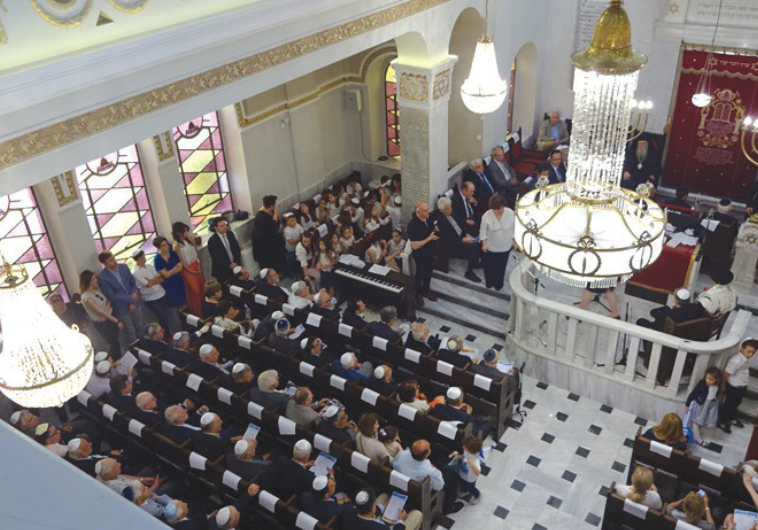Thessaloniki: A magnificent synagogue revealed from the past
Monastiriotes Synagogue was among the very few that survived WWII, thanks to the intervention of the Red Cross that used it as storehouse.
 CONGREGANTS GATHER at the historic Salonika Synagogue
CONGREGANTS GATHER at the historic Salonika Synagogue